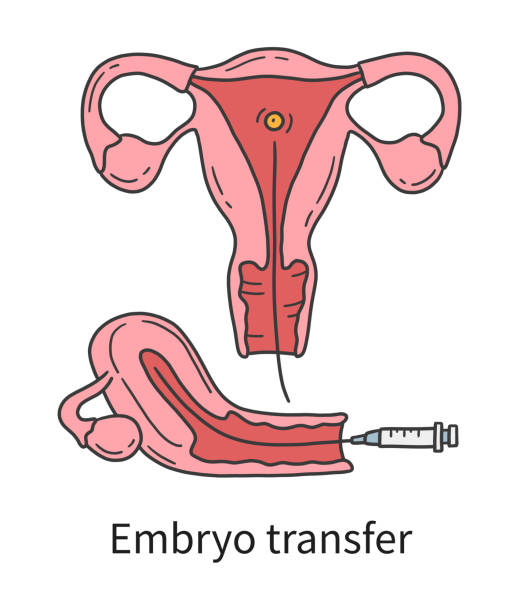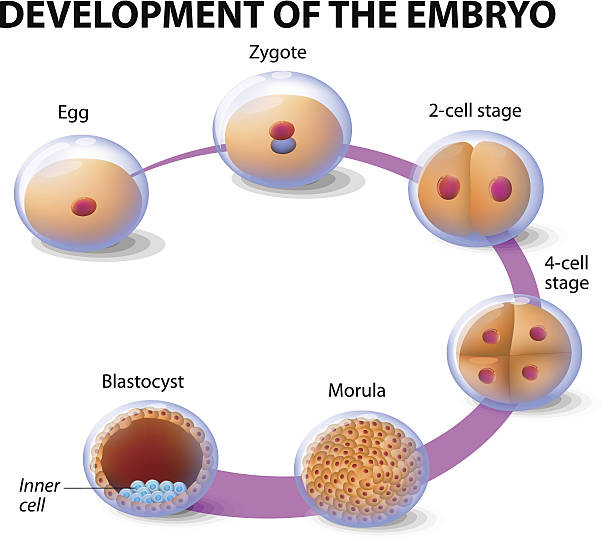Fertility challenges touch countless lives—globally, around 15% of couples of reproductive age struggle with infertility, and India contributes significantly to this figure, reflecting the very heartache of hopeful families. Yet, modern fertility treatments like IVF and embryo transfer bring renewed hope. As millions begin this emotional journey every year, even the smallest signs—like the appearance of white discharge just two days post-embryo transfer—can spark both curiosity and concern.
Dr. Usha, an experienced Fertility Specialist in Jayanagar, Bangalore, says: “After an embryo transfer, patients often notice subtle changes in their bodily fluids—white discharge can be among them. This is typically benign and influenced by hormonal fluctuations or increased cervical mucus. However, it’s important to stay mindful of accompanying symptoms that might require further evaluation.”
What Are the Possible Causes of White Discharge After Embryo Transfer?

“Is noticing white discharge two days after embryo transfer normal?” This is a question that comes up often, and Dr. Usha, a trusted IVF Consultant in Jayanagar, Bangalore, offers reassurance:
“Yes, seeing white or creamy discharge shortly after an embryo transfer is often nothing to worry about. It’s frequently caused by a combination of progesterone supplementation, mild inflammation of the cervix, or increased cervical secretions. These changes are part of the preparation for implantation and are common in early IVF cycles.”
Here are the key reasons explained simply:
Progesterone Therapy
After embryo transfer, progesterone supplements are common to support the uterine lining. This hormone increases cervical mucus, which may appear as a thick, white discharge.
- Why it matters: It’s a sign your body is responding to treatment.
Cervical Irritation
The transfer procedure can slightly irritate the cervix, leading to light mucus production over the next couple of days.
- Layperson’s note: Think of it like a mild reaction after a blood draw—it’s small and temporary.
Vaginal Self-Cleansing
The vagina naturally cleanses itself via epithelial cells and mucus. Post-embryo transfer, this process may become more noticeable.
- In simple terms: Your body is doing its job—no need to worry unless other symptoms appear.
Normal Hormonal Changes
The sudden hormone shifts during IVF can cause increased secretions. This is a normal physiological response.
- Takeaway: Hormonal ups and downs often lead to changes in discharge—white, clear, or slightly yellow.
Potential Infection (less common)
If the discharge becomes accompanied by a foul odor, itchiness, or pelvic pain, it may indicate yeast infection or bacterial vaginosis.
- Tip: Knowing what’s normal helps you spot when something’s off.
Can White Discharge Be an Early Sign of Implantation or Pregnancy?

Many wonder if white discharge two days after embryo transfer is a hopeful sign—possibly hinting at implantation. Here’s what to know:
Implantation Timing
Implantation typically happens 6–10 days after transfer, so two days in is generally too early for such hints.
“Implantation Discharge” Myth
The idea of spotting implantation-related discharge is common—but evidence suggests most early discharge is due to progesterone and cervical reactions, not embryo embedding.
Hormone Influence
Hormonal changes can mimic what people expect from implantation—mild discharge, bloating, mild cramps—but these are often side effects of treatment, not pregnancy itself.
Individual Differences
Every body reacts differently. For some, an early surge of progesterone can cause vaginal secretions that feel like extra discharge. It can fuel hope, but it doesn’t necessarily confirm pregnancy.
Scientific Reality
Medical evidence doesn’t support using discharge as a reliable sign of implantation. Relying on proper blood tests (like β-hCG) and ultrasound remains essential.
So, while white discharge may feel encouraging, it’s unlikely to signal implantation just yet. Awaiting test results is still the best approach.
“These procedures are performed using advanced technology to minimize tissue damage, reduce pain, and promote faster recovery, explains Dr. Usha B. R.
When Should I Contact My Doctor About Discharge After Embryo Transfer?

It’s wise to monitor discharge after embryo transfer. Most discharge is harmless—but here are situations where professional guidance is important:
- Change in Color
Yellow, green, or gray discharge suggests infection and calls for evaluation.
Bright red or brown spotting may indicate implantation or irritation, but bright red bleeding should always be checked.
- Foul Odor
A strong, unpleasant smell can signal bacterial infection and should prompt timely contact.
- Itching or Burning
These symptoms may suggest a yeast infection or other condition needing treatment.
- Pelvic Pain or Cramps
Mild cramping is common, but sharp or persistent discomfort requires assessment to rule out infection or other issues.
- Fever or Malaise
Fever over 100.4 °F (38 °C), chills, nausea, or fatigue may point to infection needing urgent attention.
Break it down in bullet format for easy understanding:
- Abnormal color (yellow, green, gray, bright red bleeding) → possible infection or irritation
- Bad smell → likely infection
- Itching/burning → yeast or other microbe
- Severe pain → could be mechanical or inflammatory
- Systemic symptoms → may require antibiotics or other interventions
Conclusion
Experiencing white discharge two days after embryo transfer is very common—thank progesterone and natural bodily responses. In most cases, this is a benign side effect of preparation. It does not reliably signal implantation or pregnancy.
Dr. Usha, an acclaimed Gynecologist in Jayanagar, Bangalore, concludes:
“White discharge two days after embryo transfer is usually part of a normal IVF cycle. But if you see odor, color change, pain, or other worrying signs, don’t hesitate—reach out to your fertility doctor for reassurance and timely care.”
Remember, every IVF journey includes its own set of variations. Support, reassurance, and clarity from trained fertility professionals can be invaluable during this hopeful, sometimes anxious, time. You’re never alone—many families walk this path and reach the next milestone with patience and informed care.

